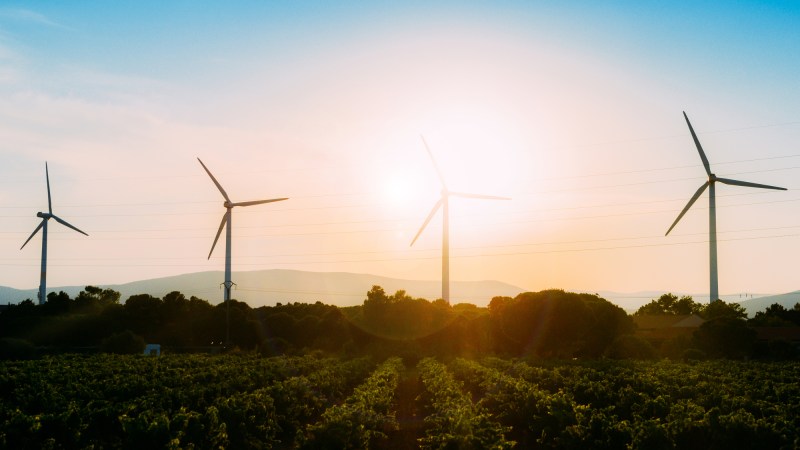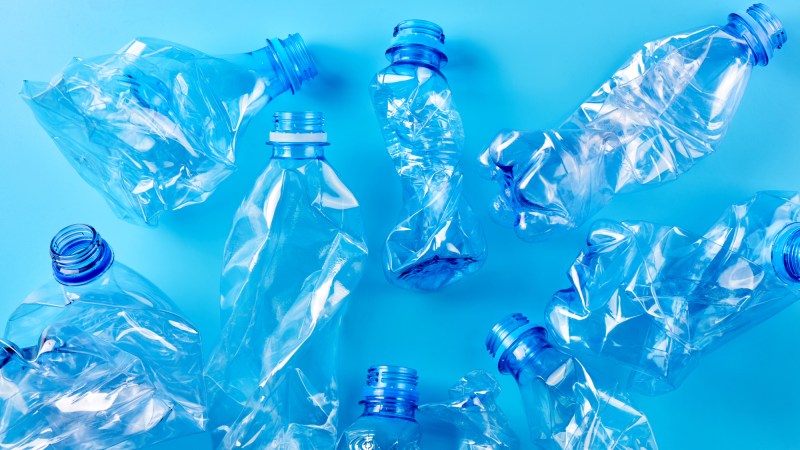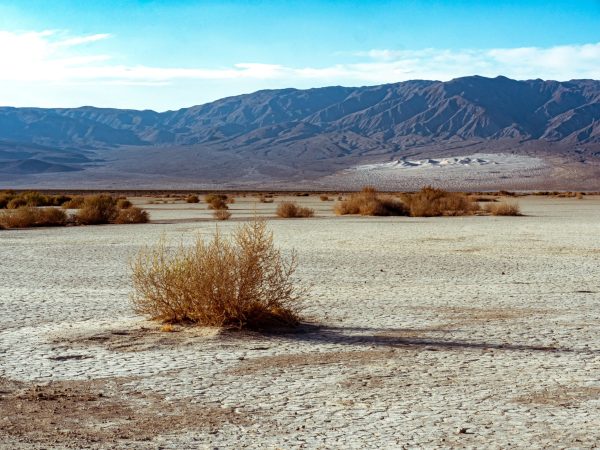

This article was originally featured on Hakai Magazine, an online publication about science and society in coastal ecosystems. Read more stories like this at hakaimagazine.com.
In May 2022, California officials unanimously rejected a plan to build a US $1.4-billion desalination plant in Huntington Beach. The plant, the officials said, would produce costly water and possibly harm the marine environment. The decision wasn’t an outright rejection of desalination, but it did highlight some of the problems that have made desalination an impractical solution to California’s water problems.
Dragan Tutic, founder and CEO of Oneka Technologies, says large desalination plants powered by fossil fuels aren’t the only way to get fresh water out of the ocean. His company is getting ready to bring what it says is sustainable, practical desalination to the small city of Fort Bragg on California’s North Coast.
Fort Bragg was a lumber town until the Georgia-Pacific mill closed in 2002. Today, it’s a popular tourist spot featuring undomesticated beaches wrapped in rocky cliffs, lively tide pools, and a beach famous for sea glass.
As in much of California, water is a precious commodity in Fort Bragg. The city has only three surface water sources: the Noyo River and two small tributaries. In dry years, all three can slow, and the Noyo can turn brackish, putting the city at risk from shortages.
“We’re kind of stuck,” says John Smith, Fort Bragg’s director of public works. “That’s why we’re looking to the ocean.”
Desalination is an idea that keeps reappearing in the Golden State, where overdrawn groundwater and shrinking reservoirs are critical problems. On a superficial level, it seems simple: take the salt out of the abundant salt water just offshore. But typical desalination facilities are big, expensive to operate, and environmentally unfriendly, especially when the resource-intensive process is powered by fossil fuels. The Carlsbad desalination plant in Southern California, for example, sits on 2.4 hectares of land and uses 246,156 megawatt hours of electricity per year—equivalent to the usage of roughly 23,000 homes.
Oneka’s experimental water desalination device isn’t like California’s other desalination plants: it’s a 6.5-meter-wide buoy. The small footprint is a bonus, but the device’s main advantage is that it’s ocean powered. As the buoy moves back and forth with the waves, it draws water through a filter and then through a reverse osmosis membrane, which removes the salts and other tiny particles. “Surprisingly simple,” says Smith.
Andrea Achilli, a chemical and environmental engineer at the University of Arizona who is not affiliated with Oneka, calls devices like this direct desalination systems. Direct desalination can also be accomplished with solar energy, which can be turned into heat and used for thermal desalination. In simple terms, thermal desalination boils salt water, collecting the vapor and leaving the salt behind. Similarly, the Oneka buoy doesn’t take energy from an external source; it has everything it needs on board. “It’s a very good use of the wave energy,” says Achilli.
More established desalination techniques have other environmental problems the buoy also manages to avoid. Standard desalination produces brine—the intensely salty slurry that’s removed to make salt water fresh. This brine has to be managed and disposed of. But the brine diffused by Oneka’s buoy is low concentration, Tutic says, which means it can get discharged back into the ocean, where it will have little to no environmental impact.
Oneka has already deployed this technology off the coasts of Florida and Chile, and it’s modified the design as potential problems arose. Tutic says one major challenge has been making the buoy robust enough to withstand storms. “Our first version that we deployed back in 2015 and [2016], we tested it; we broke most of it in the ocean,” he says. “But that’s how we learned.” Tutic says the latest generation can withstand six-meter waves and can be easily disconnected and moved in anticipation of more extreme conditions.
For now, the Fort Bragg installation will have one device producing around 50,000 liters of fresh water a day. That’s not much—enough for around 43 average households—but Tutic says the pilot device’s purpose is to collect water quality and system performance data that will help the company make refinements and adaptations. Eventually, he says, the company would like to install an array of devices. “It’s modular,” says Tutic. “You can adapt a number of units to essentially make as much water as you need.”
Achilli seems less optimistic. “The energy potential from wave energy … is really large because the ocean’s large,” he says. But renewables are diluted forms of energy, he says, so you need a lot of materials and resources to harness all that potential. In other words, you need a lot of buoys.
As Fort Bragg looks to face its water woes, Smith says desalination is just part of the city’s strategy. It also has a mobile desalination plant for treating brackish water in the Noyo River and plans to build reservoirs.
The Oneka buoys aren’t a complete solution, Smith says. But the pilot project is about more than just Fort Bragg’s water. It’s also a proof of concept—a way to show that technology and engineering can help overcome the state’s persistent water issues. “I think this is a great start,” he says.
This article first appeared in Hakai Magazine and is republished here with permission.















